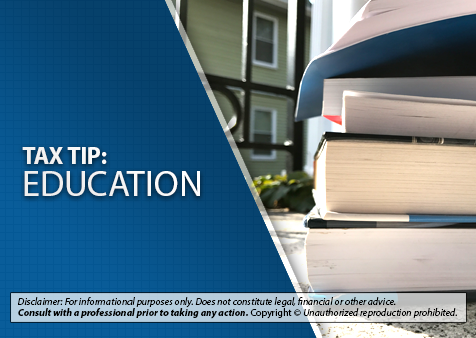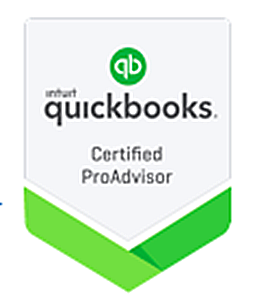Tax Rules for Tuition Refunds & Section 529 Plans – Did You Know?
Many families and students may have received partial or complete refunds of school tuition and fees during the spring of 2020 as a result of the COVID-19 (coronavirus) pandemic. If you paid for these expenses using a Section 529 education savings plan (also called a Qualified Tuition Program, or (QTP), your refund could be taxable income, and/or subject to a 10% penalty on interest earned by the account.
However, it is usually possible to avoid these taxes and penalties by properly handling the refunded money and carefully documenting your transactions.
- One option is to redeposit the funds into the same account from which they were originally taken, or a different QTP account set up for the same child. Generally, such redeposits or rollovers do not count toward your annual contribution limit.
- To avoid tax implications, a redeposit or rollover of a QTP education expense refund ordinarily must be completed within 60 days of receiving the refund. However, special tax rules for the spring of 2020 may enable you to complete the reinvestment transaction within 60 days or by July 15, whichever comes later. Be sure to keep documentation of all actions taken.
If redepositing your refund is impractical, you may still be able to avoid paying tax on it by using the funds for other qualifying education expenses. In addition to tuition and fees, qualifying expenses may include computers and education-related software that will be used primarily by a child who is enrolled at an eligible post-secondary school.
A tax professional can help you identify your best option to manage your refund, ensure that you complete any necessary transactions by the appropriate deadline, and maintain all records required by IRS rules.



